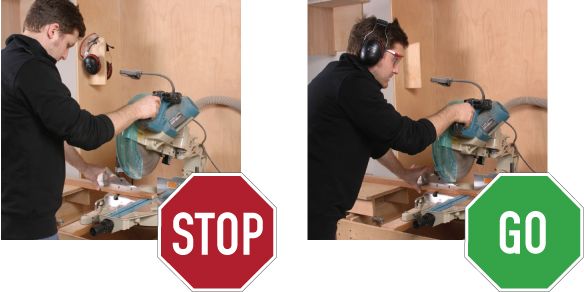
Wrong Way, Right Way: Keep your hands away from the blade, wear ear and eye protection, and wait for the blade to stop spinning before raising the blade after a cut.
The miter saw, sometimes called a chopsaw, is a carpenter’s tool that has found a home in the woodworking shop. Its cuts aren’t always precise enough for furniture joinery, but they are plenty good for many tasks. More than anything else, the miter saw is used for cutting pieces to rough length before they move on to the more precise machines.
A wide variety of miter saws are available, some that simply chop downward, and more expensive models where the motor and blade assembly travels on sliding rails to increase the tool’s cutting capacity.
The following is a list of safety precautions to consider with cutting with a miter saw:
1. Eye and ear protection are required when operating a miter saw.
2. Don’t wear gloves, loose clothing, jewelry, or any dangling objects when operating a miter saw.
3. All guards must be in place and operating. If a guard seems slow to return to its normal position or hangs up, adjust it or repair it immediately.
4. Unplug or lockout power to the miter saw when making repairs or adjusting blades and guards
5. Hands and fingers must be kept clear of the blade by at least 6 in.
| See how Fine Woodworking‘s editors rated Miter Saws in the Tool Guide. Compare models and post your own ratings too. |
6. Clean the lower guard frequently to help visibility and movement.
7. Use only the recommended blade size.
8. Regularly check and tighten the blade and the blade-attachment mechanism.
9. Ensure that the blade and its related washers and fasteners are correctly positioned and secured on the saw’s arbor.
10. To avoid losing control or placing hands in the blade path, hold or clamp all material securely against the fence when cutting.
11. Do not perform operations freehand.
12. Never cut small pieces.
13. Long material should be supported at the same height as the saw table.
14. To avoid contact with a coasting blade, do not reach into the cutting area until the blade comes to a full stop.
15. After completing a cut, release the trigger switch and allow the blade to come to a complete stop, then raise the blade from the workpiece. If the moving blade stays in the cutting area after the cutting is complete, injury can result from accidental contact.
16. When using a sliding miter saw, start cutting with the blade closest to you, plunge downward, and then push the blade forward on its sliders as you cut.
Do you have more miter safety advice to share or a scary miter saw story? Post a comment below and help your fellow woodworkers stay safe.


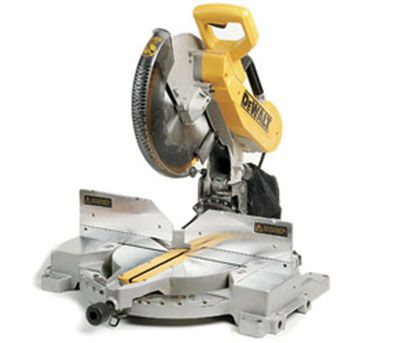
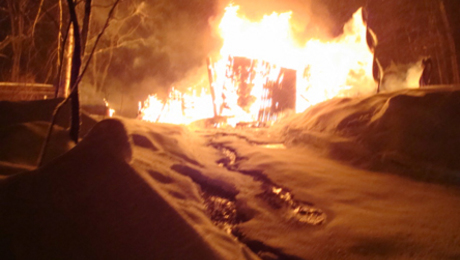
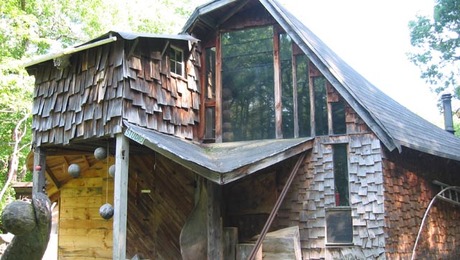
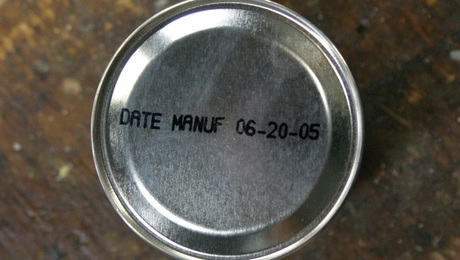



















Comments
When cutting small parts, I use 1/4 inch plywood and double sided turning tape. By securing the small piece needing to be cut to the larger piece of plywood I can keep my hands clear of the blade.
Take care and be safe.
Now here is a controversy...
In reference to item #16 above, the recommendation is to pull out a sliding saw first, then chop, and lastly push away back in towards the work piece. The problem with this is that this means the cutting teeth of the blade are providing force upwards from the table thus pulling the piece up and out from the fence in the back with the down and backwards teeth trailing behind in the kerf. This is the same as using a Skill saw by putting it down away from you on a board then drawing it back towards you; or the same as placing a board to be crosscut on the table saw on the far side of the blade and pulling it back towards you. If one chops first, then draws the saw towards you, the initial cut is made with the table and the fence in opposition to the force from the blade, and as you draw the saw towards you, the cutting teeth are still cutting down towards the table and back toward the fence; the trailing teeth on the blade that are lifting are following in the kerf. I would never suggest that one would use a radial arm saw this way: to pull the saw out, place the wood down between the blade and the fence then push the saw back into the workpiece. The is exactly the same as the pull-out-chop-then-push-in technique on the sliding compound saw.
In either case, clamping down the piece on BOTH sides seems to be too often overlooked. I have too many times heard missiles whizzing by my ears like lead shot in some Civil War movie to not realize that this seemingly “safe” saw needs to be respected.
These saws usually are supplied with one hold down. Which I invariably find on the right side of the saw. Now I don’t want to get into a battle with lefties, my real problem is with the righties out there (as I am) (a righty that is, not just out there). When I go the use the chop saw I put my right hand on the handle and place my left hand down to hold the workpiece. So it seems to me that the clamp is better used by me on the right side of the saw where I can’t reach. This way when the cut is made you don’t have the cut-off catapulting off the table (and possibly moving into the blade). But whenever I approach the saw I find the hold down on the left side when I know there hasn’t been a lefty using it for some time?
I work in a community woodworking Guild so, it’s a great place to watch many different “techniques” of safety around the shop. I know many people who swear that you should pull out chop then push in. But there are my thoughts. Oddly, I have search the owner’s manuals of many different manufacturers and have not found any mention of this issue or recommendations as to which is the best way to cut with a sliding miter.
But I bet there will be someone else with an opinion.
Log in or create an account to post a comment.
Sign up Log in